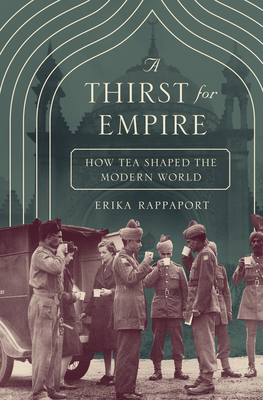
A Thirst for Empire:How Tea Shaped the Modern World
Book Summary
Tea was first introduced to Britain and Europe in the early 1800s and quickly came to be seen as a civilizing force among its noble and merchant classes. With the rising popularity of tea, the European merchants rushed to import tea from China, before seeking help from the ruling class to find other sources of the valuable commodity.
In an interview with Readara, Erika Rappaport, explains how British rulers sourced, marketed and taxed tea to finance the expansion of the empire. In her exhaustively detailed book, the author of A Thirst for Empire weaves together the story of Britain’s empire building, the globalization of tea as well as the spread of colonization to India and Africa.
In the early 18th century, alcohol was the beverage of choice because of the lack of potable water on much of the British Isles. As the British government promoted temperance movements, workers around the country were encouraged to drink tea at work, thus trumpeting health and stimulating benefits. This growing popularity of the aromatic beverage prompted the government to monopolize tea trade and promote the Empire Tea as a patriotic drink and a way to support the British overseas expansion. Meanwhile, the British Raj ruthlessly exploited Indian labor in order to grow tea in the Northeastern region of India, allocating all the profits from sales in India, Britain and elsewhere in the Empire into the modernization of its navy and the logistic support for new territorial aspirations.
